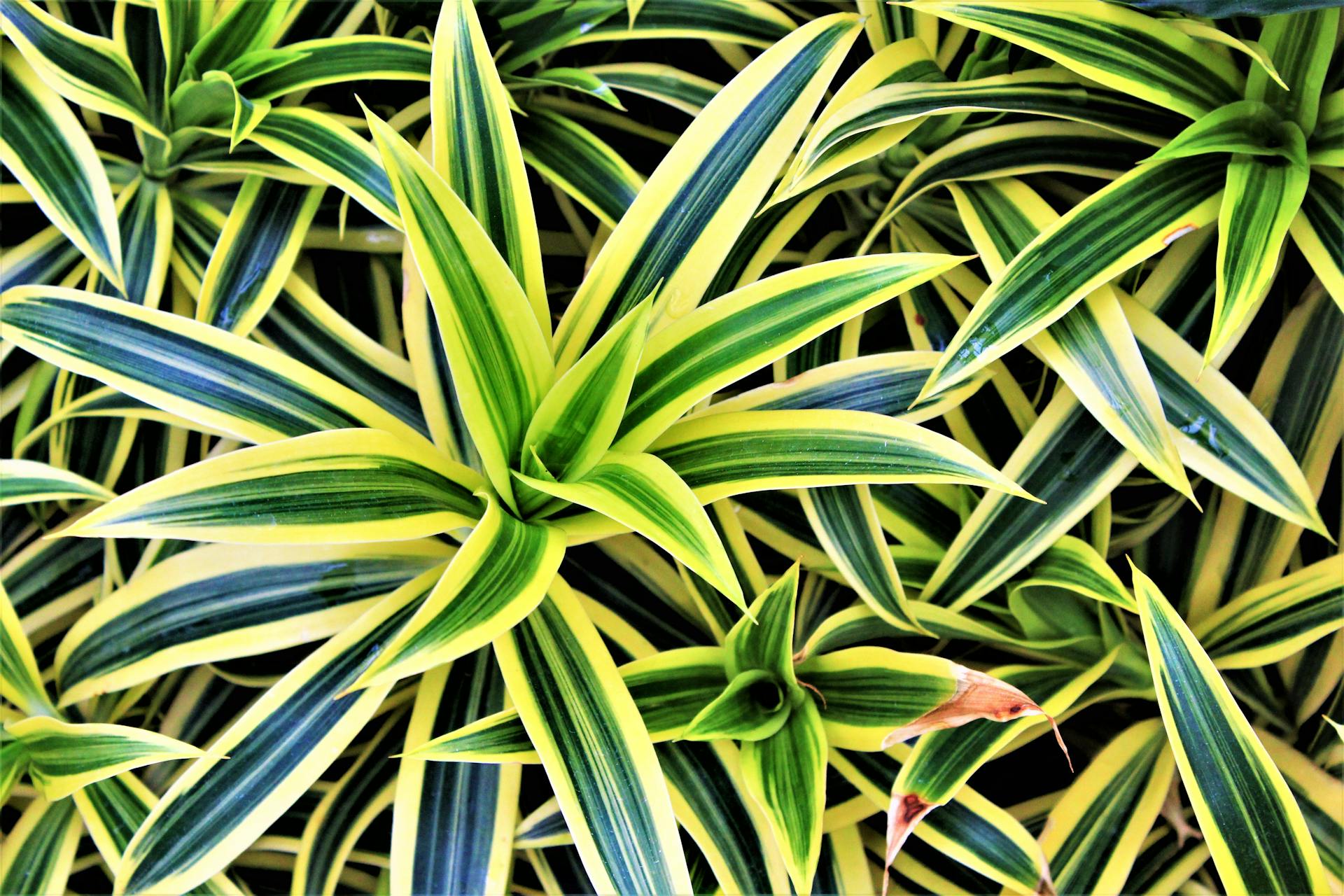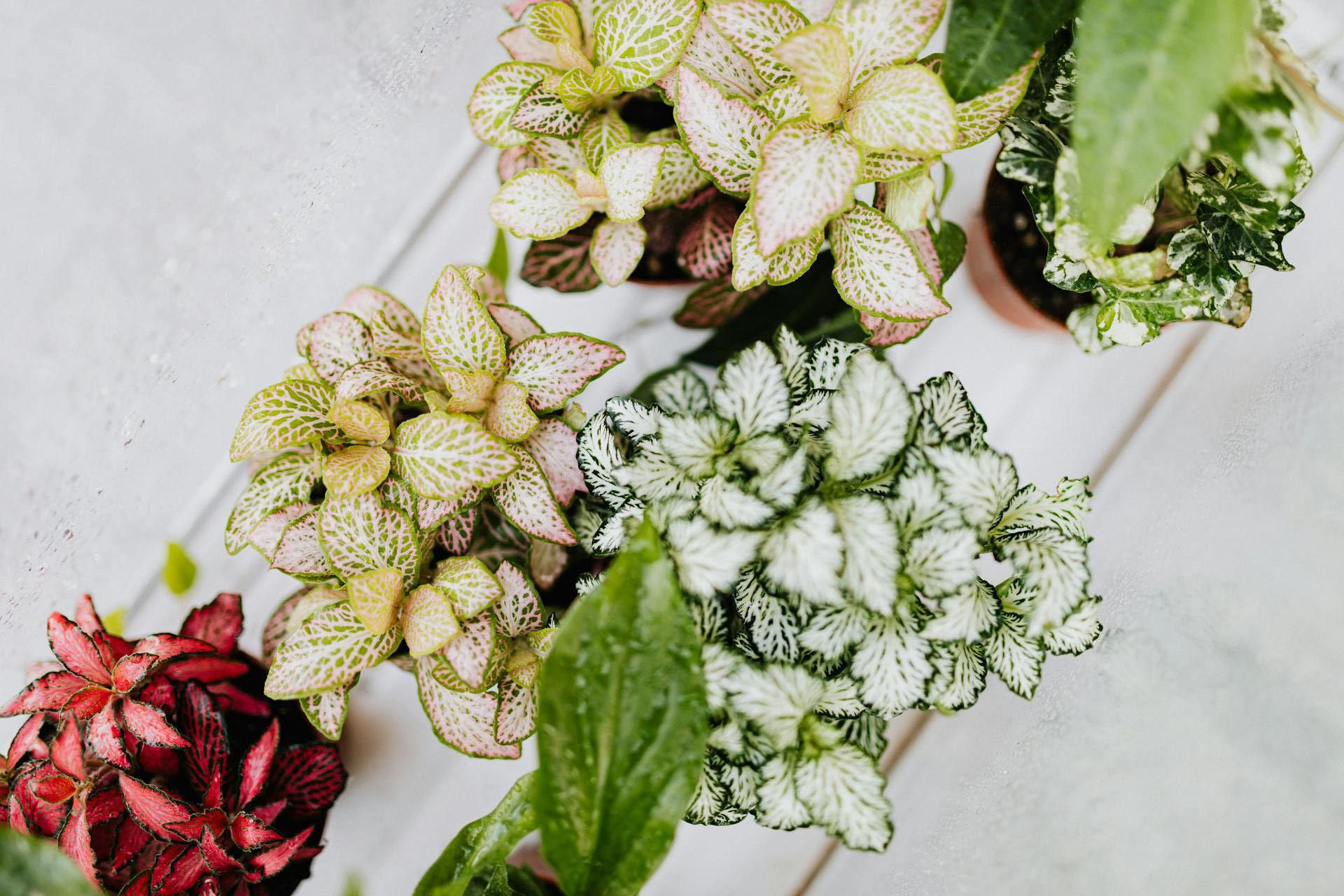Imagine you’re looking to add a touch of green to your home, but you’re hesitant—perhaps you don’t exactly have a “green thumb.” The Dracaena plant, with its resilience and unique beauty, might just be the perfect indoor companion for you. Known for its air-purifying qualities and minimal care needs, the Dracaena is a favorite among beginner and experienced plant enthusiasts alike. In this article, we’ll dive into everything you need to know to grow a lush, healthy Dracaena in your home, from watering tips to ideal light conditions.
Table of Contents
- Why Choose a Dracaena Plant?
- Types of Dracaena Plant
- Dracaena Plant Care
- Benefits of Having a Dracaena Plant in Your Home
- Common Problems and Solutions
- Comparing Dracaena to Other Popular House Plants
- FAQ
- Conclusion
Why Choose a Dracaena Plant?
You might wonder, why the Dracaena plant among all indoor plants? With its easy maintenance, adaptability, and striking appearance, Dracaena has won the hearts of many. Whether you’re a frequent traveler, a busy professional, or simply forgetful with plants, Dracaena can thrive with minimal care, making it ideal for those without a lot of gardening experience.
Types of Dracaena Plant
With several varieties, each featuring unique leaf patterns and colors, Dracaena offers options for every aesthetic. Here are some popular types:
- Dracaena Fragrans (Corn Plant): Recognized for its broad, arching leaves and sweet fragrance.
- Dracaena Marginata (Dragon Tree): Known for thin, spiky leaves that add a dramatic flair.
- Dracaena Compacta: Ideal for smaller spaces, with dense, bushy foliage.
- Dracaena Reflexa (Song of India): Features striking green leaves with yellow edges.
Dracaena Plant Care
Caring for a Dracaena plant is straightforward. Below, we’ll walk through the essentials.
Dracaena Watering Needs: When and How to Hydrate
Water the plant once the top inch of soil feels dry to the touch. Tip: Use a pot with drainage holes to prevent root rot.
Light Requirements
Dracaenas thrive in indirect light but can tolerate low-light conditions. Keep it out of direct sunlight to prevent leaf scorching.
Soil Preferences
Dracaenas prefer well-draining soil. Mix potting soil with perlite or sand to create the right balance.
Fertilizing
Dracaenas benefit from a balanced, liquid fertilizer every two months during the growing season (spring and summer). Avoid fertilizing in the fall and winter months when the plant is dormant.
Benefits of Having a Dracaena Plant in Your Home
- Air Purification: Dracaenas help remove toxins like formaldehyde and benzene, enhancing indoor air quality.
- Low Maintenance: These plants are drought-tolerant and do not require frequent watering.
- Aesthetic Appeal: With their sleek, upright growth and vibrant leaves, Dracaenas add elegance to any space.
“Not only are Dracaena plants tough and adaptable, but they also bring genuine health benefits.”
Common Problems and Solutions
- Yellowing Leaves: Often caused by overwatering. Reduce watering and check that the pot drains well.
- Brown Leaf Tips: Usually due to low humidity or fluoride in tap water. Try using distilled water or a humidity tray.
- Pests: Dracaenas are generally pest-resistant, but mealybugs and spider mites may appear occasionally. Wipe leaves with soapy water to remove pests.
Comparing Dracaena Plant to Other Popular House Plants
| Plant | Light Needs | Watering Frequency | Air Purification | Maintenance |
|---|---|---|---|---|
| Dracaena | Indirect/Low Light | Low | Yes | Low |
| Snake Plant | Low Light | Very Low | Yes | Very Low |
| Spider Plant | Bright Indirect | Moderate | Yes | Moderate |
| ZZ Plant | Low Light | Very Low | No | Very Low |
FAQ
Q: How often should I water my Dracaena plant?
A: Water your Dracaena when the top inch of soil is dry, typically every 2-4 weeks depending on the season and indoor humidity.
Q: Can Dracaena plants be grown in low light?
A: Yes, Dracaena plants can adapt well to low-light conditions, making them perfect for rooms with minimal natural light. However, they tend to grow best in bright, indirect light for a fuller, healthier appearance.
Q: Are Dracaena plants safe for pets?
A: Unfortunately, Dracaena plants can be toxic to cats and dogs if ingested. Symptoms in pets may include vomiting, drooling, and lack of appetite. If you have pets at home, consider placing your Dracaena out of their reach or choosing a non-toxic plant instead.
Q: What should I do if the leaves of my Dracaena start turning brown?
A: Brown leaf tips are often a sign of low humidity or the presence of fluoride in tap water. To avoid this, try using distilled or filtered water, and consider placing a humidity tray nearby, especially in dry indoor climates.
Conclusion
The Dracaena plant is a fantastic option for anyone seeking a low-maintenance, attractive indoor plant. With the ability to adapt to low-light settings, clean the air, and thrive with minimal watering, it’s ideal for busy lifestyles and new plant parents alike. Whether you’re looking to enhance your space aesthetically or improve indoor air quality, the Dracaena can be a perfect match.













